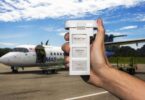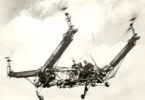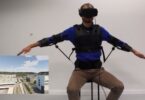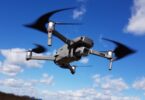In our previous article, we review in particular the conditions favorable or not to the use of radio-controlled aircraft. Weather conditions are also a consideration, and the occurrence of rain and extreme weather is one of them.
Using our UAV when the weather is threatening to perform acrobatic tricks or take pictures with its onboard camera exposes the machine to the arrival of a small drizzle. Let’s not panic, just fly it to us and land it to keep it safe. A few drops of rain will be easily removed with a good wiping and hairdryer. For landing, an area of tall grass will be avoided to prevent the camera (HD 720, 1080p, 4K, or more) from being in direct contact with moisture.
Engines operating the rotary wing
There are two main types of engines used in the design of mini and professional UAVs:
- Engines with brooms, the cheapest to manufacture, and satisfactory performance.
- Those said to be broomless, or brushless, notably more powerful, and normally less sensitive to water than their cousins.
For aeromodelling, engine hoods are not used to being watertight. For aquatic thrusters, specific versions are assembled. There are, however, a few flying machines capable of withstanding a certain amount of rain (Matrix 200 and 210) or even being waterproof (Drones Swell Pro).
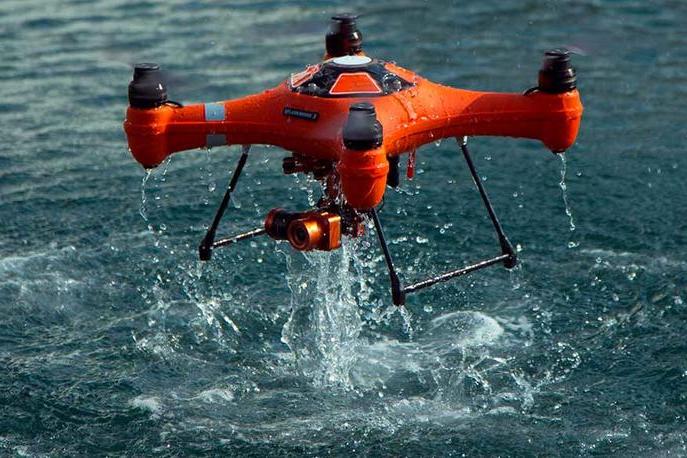
The on-board electronic navigation system
It only takes a single drop of water creating a short circuit between two pins of an integrated circuit to destabilize the best drone. The fairing protects the circuits, but the saturated atmosphere and the fact that the heat of the circuit produces condensation.
The video camera
Your device usually carries a mini one-piece camera, especially as part of the FPV Racing or shooting. The photo lens can only be cleaned efficiently from the outside. Previously introduced moisture may reduce the video quality of a future video recording or aerial shot. As a professional drone, it is important to familiarize yourself with the maintenance of the lens and sensor.
How about waterproof drones?
I recently had the opportunity to test some new models and must admit to having been blown away by some of them even if the experience is far from still perfect! So I tried to identify the best weatherproof UAVs currently available.
But what good is a waterproof drone? Simple question, simple answer: you can use a waterproof UAV for virtually anything that involves water! I’ve listed the most common uses below:
Extreme weather: Just like your smartphone, UAVs don’t really like snow or rain. Weatherproof drones are therefore a great solution if you are regularly faced with these extreme conditions. They can withstand rain showers and heavy snow, as they are enclosed in a fully waterproof case. This will allow you to use them without fear that they will die in flight just because of a few drops of rain.
Fishing: Many people use UAVs to fish. It’s a real trend, so it’s not surprising to see a lot of UAVs coming out dedicated to fishing. In France, it is forbidden to use a UAV to fish!
Watersports: Kayaking, canoeing, surfing… all these activities can be practiced for sports or to relax, but are also very nice to film. A weatherproof device is a perfect solution for incredible shots without risking losing everything on a pilot error.
Camping: Holidays or weekends are always more fun with a drone at your fingertips. And if you leave in spartan conditions, a weatherproof UAV, more resistant, could save you many disappointments!
Waterproof drone or water-resistant drone?
Confusion between the two terms is common, but it is essential to make the right distinction to avoid disappointment:
- Waterproof drones are devices that can be fully immersed in water without damage and are generally more expensive than simply water-resistant devices.
- Weather-resistant drones are not completely waterproof. They can usually take a small rain or snow shower, but not a fall in the river!
If you come across a device presented as waterproof but surprisingly cheap, read carefully the description and reviews, it is often a simple water-resistant drone.
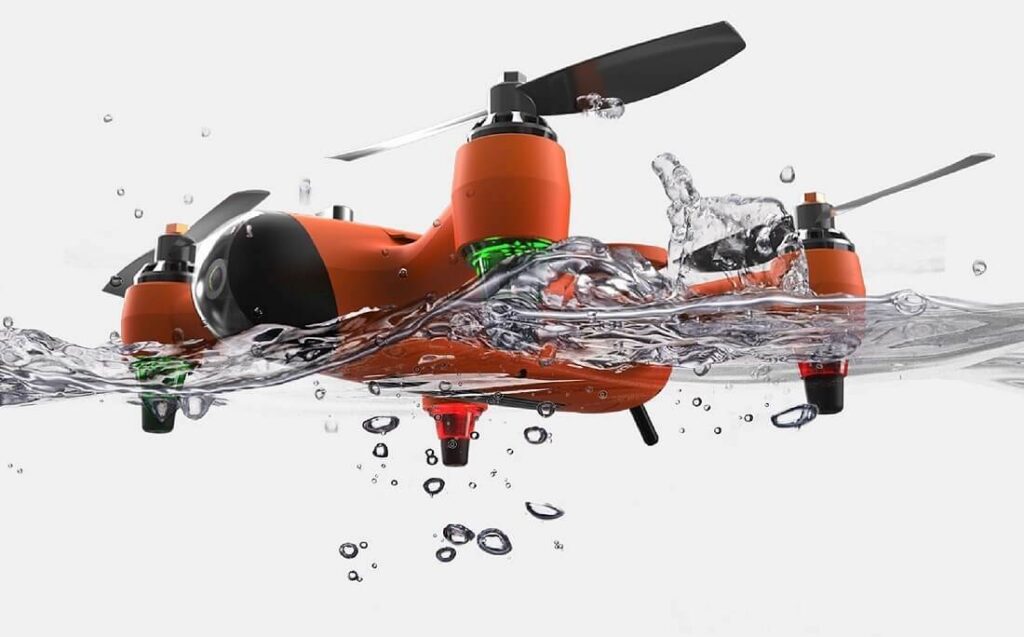
Bonus tips: Is your drone ready to take-off?
The take-off procedure of your drone will quickly become an automatism. For beginners, here is our checklist listing the steps to follow as a general rule to take off a UAV:
- Start by installing and securing your drone’s LiPo battery. Then check that everything is in order with the voltage at its terminals by turning on your machine (be careful: remember to turn it off again after the test because the radio command must be switched on before the device for the pairing to work).
- Place the device in front of you (or “at noon” as the experts say), headed in the same direction as you.
- At this stage, the radio control is still off (switch on off) and the gases to zero (joystick left down). You can now turn it on by switching the switch to On.
- Once the control radio is activated, you can turn your device on. Wait for the flight control to be initiated. The radio control and the UAV are paired in seconds.
- This is when you can test video feedback on your smartphone if your device has a connection that offers live image feedback. As long as you’re on your laptop, it’s also time to check the flight settings and adjust them if you want.
- We’re almost there! Now step back at least 3m as a safety measure and check your surroundings. If the area is clear enough, you can turn on the engines!
- After the take-off phase, a small “stationary” — that is, a flight without moving , ensures that the controls respond well and that the aircraft does not vibrate.
- These steps may differ a little depending on the UAVyou are using, but I hope these elements will have been useful in preparing you to fly safely. Good flight!
In conclusion
The instructions for the use of Parrot or DJI drones, among others, stipulate this in the precautions to be taken: do not fly your machine in rain, wind, or snow. In fact, we will avoid wanting to take aerial photos in the rain with our new machine. But the unforeseen occurrence of a small downpour should not cause anxiety. In this case, the flight time will be reduced to a minimum to store your flying UAV in your carrier bag as quickly as possible. The return will allow moisture to be removed by storage in a temperate, airy, and dry place.

